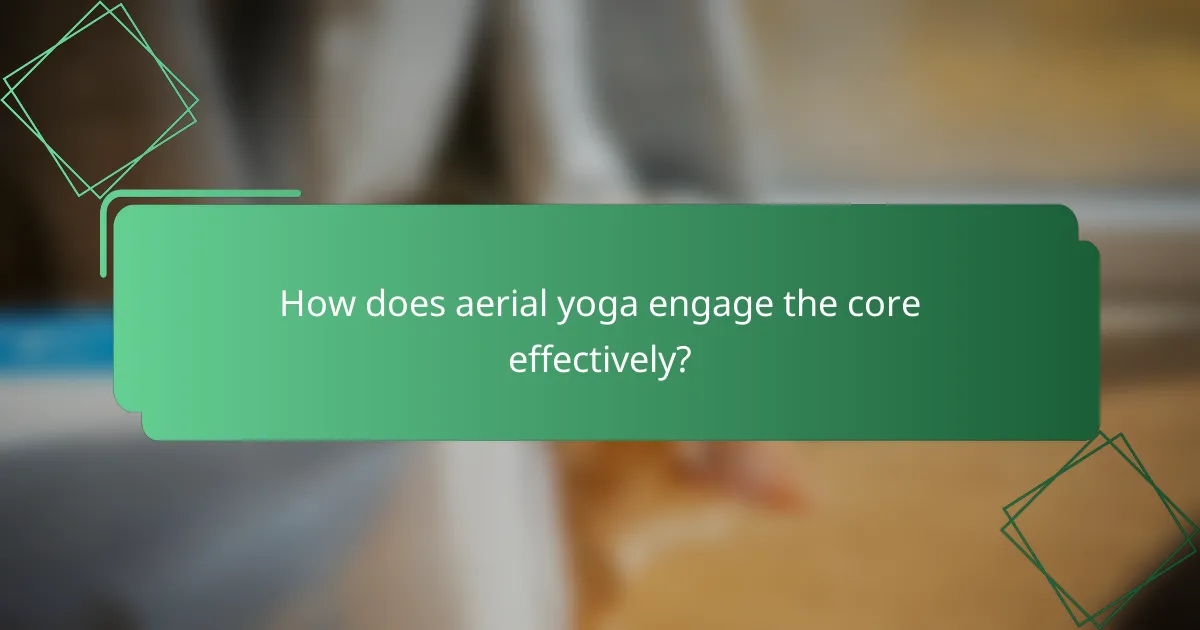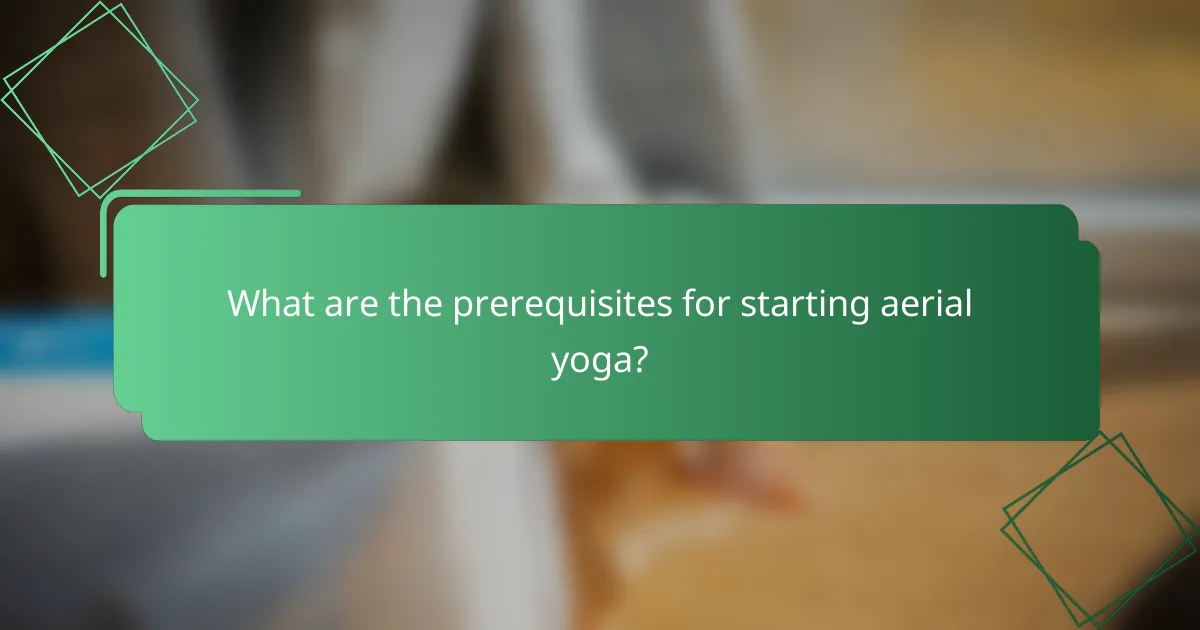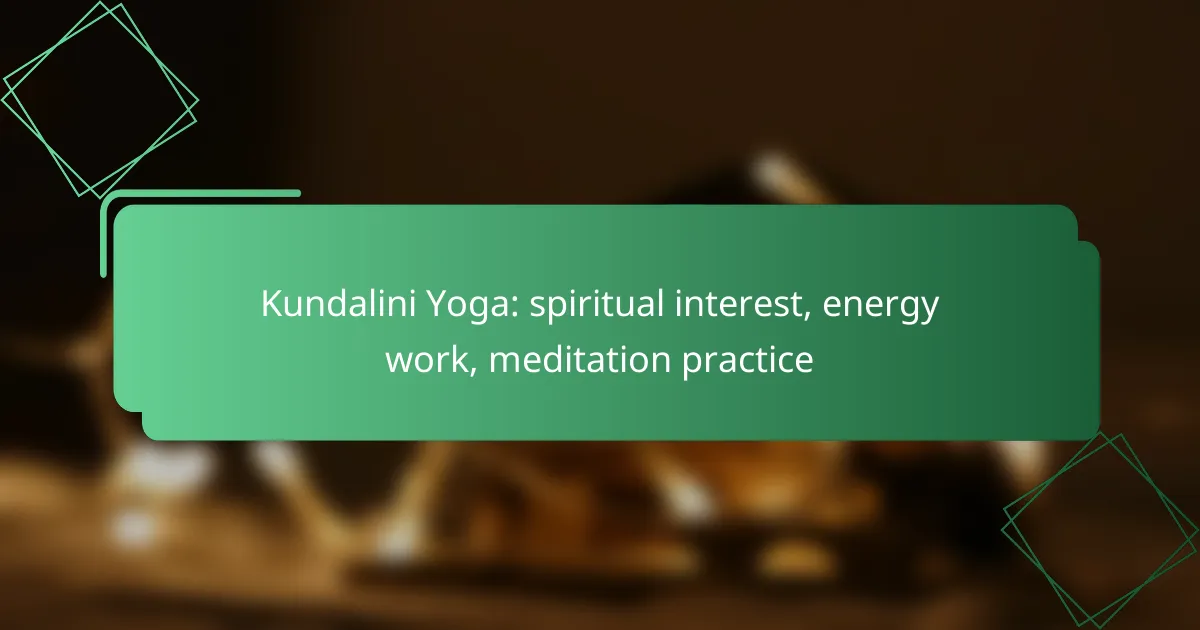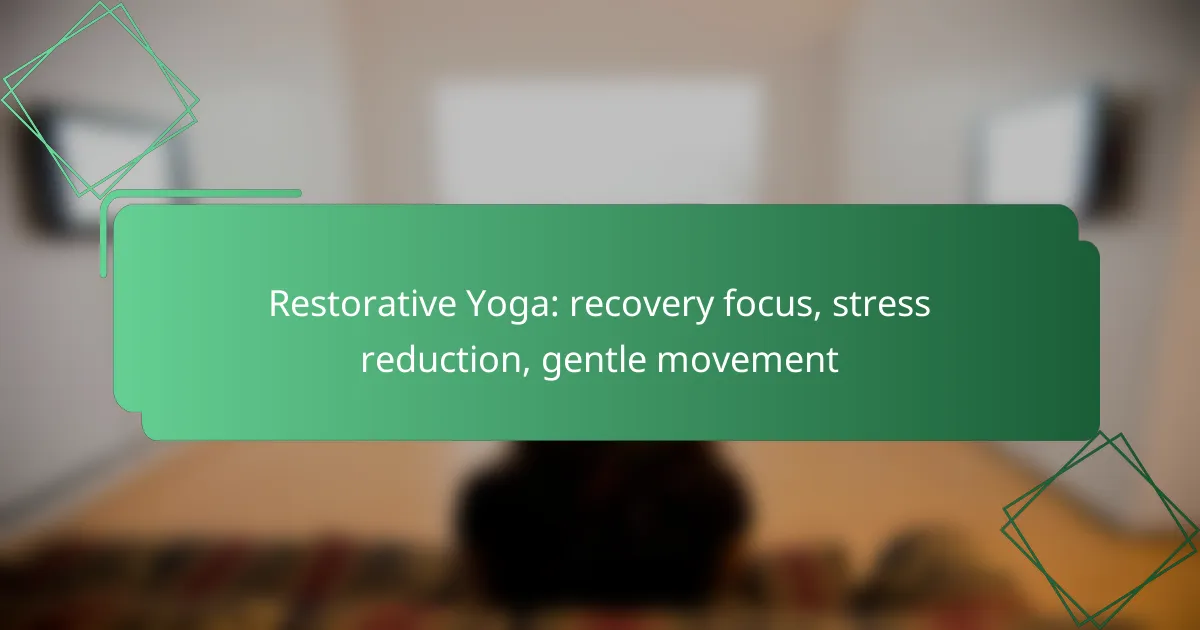Aerial yoga offers a thrilling fitness experience that combines traditional yoga with the excitement of being suspended in the air. Perfect for adventure seekers, this unique practice not only provides fun but also engages the core, enhancing strength and stability through various aerial techniques.

How does aerial yoga enhance adventure seeking in Los Angeles?
Aerial yoga in Los Angeles offers a thrilling way to engage in fitness while exploring new heights and experiences. This unique practice combines traditional yoga poses with the excitement of being suspended in the air, making it a perfect choice for adventure seekers looking for fun and core engagement.
Unique aerial experiences
Los Angeles is home to various studios that provide unique aerial yoga experiences, often incorporating elements like live music or themed classes. These sessions can range from beginner-friendly to advanced, allowing participants to challenge themselves while enjoying the thrill of aerial movement.
Some studios offer specialized workshops focusing on different aerial techniques, such as inversions or choreography, which can enhance the adventure aspect. Engaging in these unique experiences can foster a sense of community among participants, adding to the fun factor.
Outdoor aerial classes
Outdoor aerial yoga classes in Los Angeles take advantage of the city’s beautiful weather and stunning landscapes. Practicing in parks or on rooftops allows participants to connect with nature while enjoying the exhilaration of aerial poses.
These classes often feature hammocks or silks suspended from trees or structures, providing a refreshing alternative to indoor studios. Participants should consider factors like weather conditions and the availability of equipment when choosing an outdoor class.
Adventure retreats
Aerial yoga retreats in and around Los Angeles offer immersive experiences that combine yoga, adventure, and relaxation. These retreats typically take place in scenic locations, providing a perfect backdrop for aerial practice and exploration.
Participants can expect a mix of aerial yoga sessions, outdoor activities like hiking or surfing, and wellness workshops. When selecting a retreat, consider the duration, activities included, and the overall focus to ensure it aligns with your adventure-seeking goals.

What fun factors does aerial yoga offer in New York?
Aerial yoga in New York provides a unique blend of adventure and enjoyment, making it an exciting fitness option. Participants can experience the thrill of defying gravity while engaging their core and enhancing flexibility through various aerial techniques.
Interactive group sessions
Interactive group sessions are a hallmark of aerial yoga, fostering a sense of community and shared experience. In New York studios, classes often accommodate small to medium-sized groups, allowing for personalized guidance while encouraging camaraderie among participants.
These sessions typically involve partner exercises and group challenges, which not only enhance the fun factor but also build trust and support among classmates. Engaging with others can make the workout feel less daunting and more enjoyable.
Creative poses and routines
Aerial yoga encourages creativity through its diverse range of poses and routines. Instructors often design classes that incorporate both traditional yoga postures and innovative aerial variations, allowing practitioners to explore new movements and deepen their practice.
For example, students might transition from a classic downward dog to an aerial version, adding a playful twist. This variety keeps the sessions fresh and exciting, making it easier to stay motivated and engaged over time.

How does aerial yoga engage the core effectively?
Aerial yoga engages the core by utilizing the support of a suspended hammock, which requires constant stabilization and balance. This unique setup activates various core muscles, enhancing strength and control during poses.
Core strength exercises
Aerial yoga incorporates a variety of core strength exercises that challenge the abdominal and back muscles. Poses such as the “hammock crunch” and “aerial plank” are particularly effective, as they require the practitioner to lift and stabilize their body weight against gravity. Regular practice can lead to noticeable improvements in core stability and strength.
To maximize core engagement, focus on maintaining proper form and alignment throughout each pose. Avoid common pitfalls like sagging hips or arching the back, which can diminish the effectiveness of the workout. Aim for sessions that include at least 15-30 minutes of core-focused aerial poses to see significant benefits.
Balance and stability improvements
Aerial yoga significantly enhances balance and stability by challenging the body’s proprioception in a three-dimensional space. The hammock provides a unique environment where practitioners must engage their core to maintain equilibrium while transitioning between poses. This dynamic practice helps develop better body awareness and coordination.
To improve balance, incorporate poses like “aerial tree” and “floating warrior,” which require focus and core engagement. Practicing these poses regularly can lead to better stability in daily activities and other physical pursuits. Consider setting aside time for balance-focused aerial sessions at least once a week for optimal results.

What are the prerequisites for starting aerial yoga?
To start aerial yoga, a basic level of fitness and awareness of health considerations are essential. While prior yoga experience can be beneficial, it is not mandatory; however, individuals should be prepared for physical activity and understand their own health limitations.
Basic fitness level
Aerial yoga requires a certain level of physical fitness, as it involves strength, flexibility, and balance. Participants should be comfortable with bodyweight exercises and have the ability to engage their core effectively. Beginners may benefit from starting with foundational yoga or fitness classes to build strength before attempting aerial yoga.
It’s advisable to assess your fitness by trying basic poses and movements that involve lifting your body weight. If you can comfortably perform exercises like push-ups, squats, or planks, you are likely ready to explore aerial yoga.
Health considerations
Before starting aerial yoga, it’s crucial to consider any existing health conditions. Individuals with issues such as vertigo, high blood pressure, or recent surgeries should consult a healthcare professional. Aerial yoga can involve inversions and dynamic movements, which may not be suitable for everyone.
Additionally, if you are pregnant or have any chronic health concerns, it’s important to seek guidance from a qualified instructor who can provide modifications or alternative practices. Always listen to your body and avoid pushing through discomfort during sessions.

How to choose the right aerial yoga studio?
Choosing the right aerial yoga studio involves evaluating instructor qualifications, class variety, and the studio environment. These factors will ensure you have a safe, enjoyable, and enriching experience.
Instructor qualifications
Look for instructors who are certified in aerial yoga and have a solid background in traditional yoga practices. Many studios require instructors to complete a minimum number of training hours, often ranging from 200 to 500 hours, depending on the style and level of instruction.
Additionally, consider instructors with experience in anatomy and injury prevention, as this knowledge is crucial for safely guiding students through aerial poses. Check if they have ongoing education or workshops that keep their skills current.
Class variety and schedule
A good aerial yoga studio should offer a variety of classes to cater to different skill levels and preferences. Look for options such as beginner, intermediate, and advanced classes, as well as specialty sessions like aerial restorative or acrobatic yoga.
Review the class schedule to ensure it aligns with your availability. Many studios offer classes throughout the week, including weekends and evenings, which can help you find a time that fits your routine.
Studio environment
The studio environment plays a significant role in your aerial yoga experience. A clean, spacious studio with proper equipment, such as high-quality hammocks and safety mats, is essential for comfort and safety.
Consider the atmosphere as well; a welcoming and supportive community can enhance your practice. Visit the studio if possible to get a feel for the vibe and to see if it aligns with your personal preferences.

What equipment is used in aerial yoga?
Aerial yoga primarily utilizes specialized equipment designed to support various poses and enhance the practice. The main tools include aerial silks and hammocks, which allow practitioners to engage their core while performing a range of movements in the air.
Aerial silks
Aerial silks consist of two long pieces of fabric that hang from a secure point, allowing users to climb, wrap, and perform acrobatic movements. They are typically made from durable materials like nylon or polyester, which provide both strength and flexibility. Practitioners can use silks to develop strength, flexibility, and coordination.
When using aerial silks, it’s essential to ensure that the rigging is secure and meets safety standards. Beginners should consider starting with a qualified instructor to learn proper techniques and avoid injury.
Hammocks and rigs
Aerial hammocks are fabric slings that are suspended from a frame or ceiling, providing a supportive environment for various yoga poses. They are often made from breathable materials and can be adjusted to different heights, making them versatile for practitioners of all levels. Hammocks allow for gentle inversions and deep stretches, enhancing the overall yoga experience.
When selecting a hammock, look for one that is designed specifically for aerial yoga, as these are typically reinforced to handle dynamic movements. Ensure that the rigging system is stable and that the installation follows safety guidelines to prevent accidents during practice.

What are the benefits of aerial yoga for beginners?
Aerial yoga offers numerous benefits for beginners, including enhanced core engagement, improved flexibility, and a fun, adventurous experience. By using a suspended fabric hammock, practitioners can explore various poses that may be challenging on the ground, making it an exciting way to develop strength and balance.
Adventure Seeking
Aerial yoga provides a unique and adventurous twist to traditional yoga practices. The experience of being suspended in the air can be exhilarating, encouraging beginners to step out of their comfort zones. This sense of adventure can lead to increased motivation and a more enjoyable workout.
Many beginners find that the novelty of aerial yoga helps to alleviate the monotony often associated with standard exercise routines. The playful nature of the practice allows individuals to explore their limits in a safe environment, fostering a sense of achievement and confidence.
Fun Factor
The fun factor in aerial yoga stems from its playful approach to fitness. Beginners often find themselves laughing and enjoying the process as they learn to maneuver in the hammock. This lighthearted atmosphere can make workouts feel less like a chore and more like an enjoyable activity.
Incorporating elements of play, such as swinging and flipping, can enhance the overall experience. Classes often include music and a supportive community, making it a social event that encourages participation and camaraderie among practitioners.
Core Engagement
Aerial yoga significantly engages the core muscles, which are essential for stability and balance. The act of balancing in the hammock requires constant activation of these muscles, leading to improved strength over time. This core engagement is beneficial not only for aerial yoga but also for overall fitness and daily activities.
Beginners can expect to notice improvements in their core strength relatively quickly, as the practice emphasizes various poses that challenge stability. Incorporating aerial yoga into a regular fitness routine can lead to enhanced performance in other physical activities, such as running or cycling.










